Check out our fun and simple visual perception worksheets for kids. Start learning and having fun today! Improve your kid’s skills with easy activities.
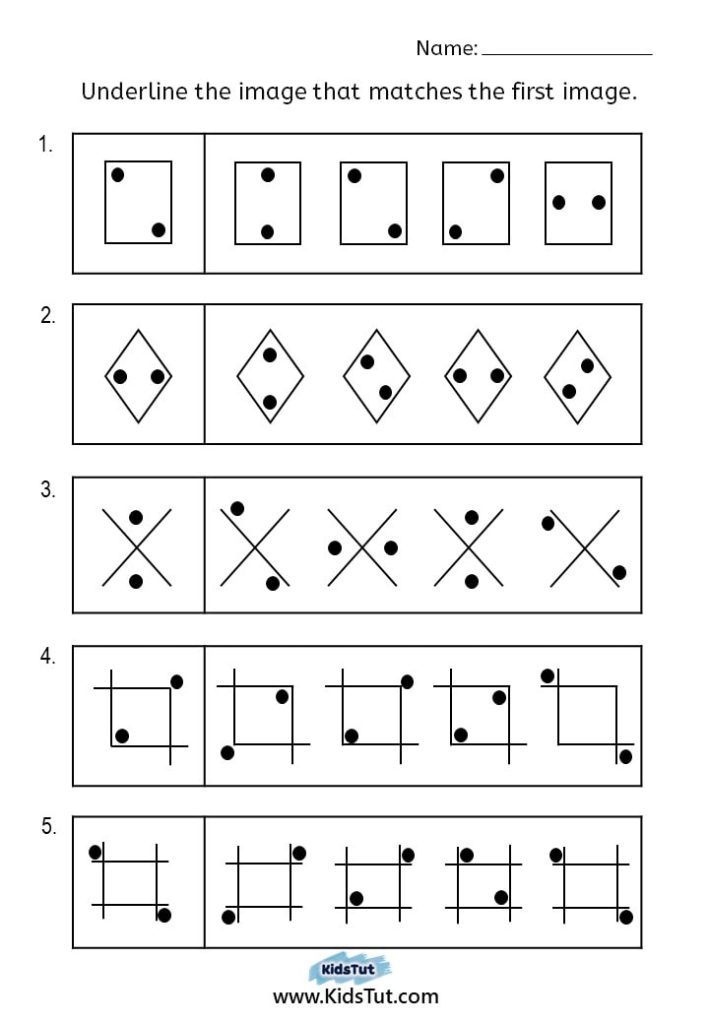
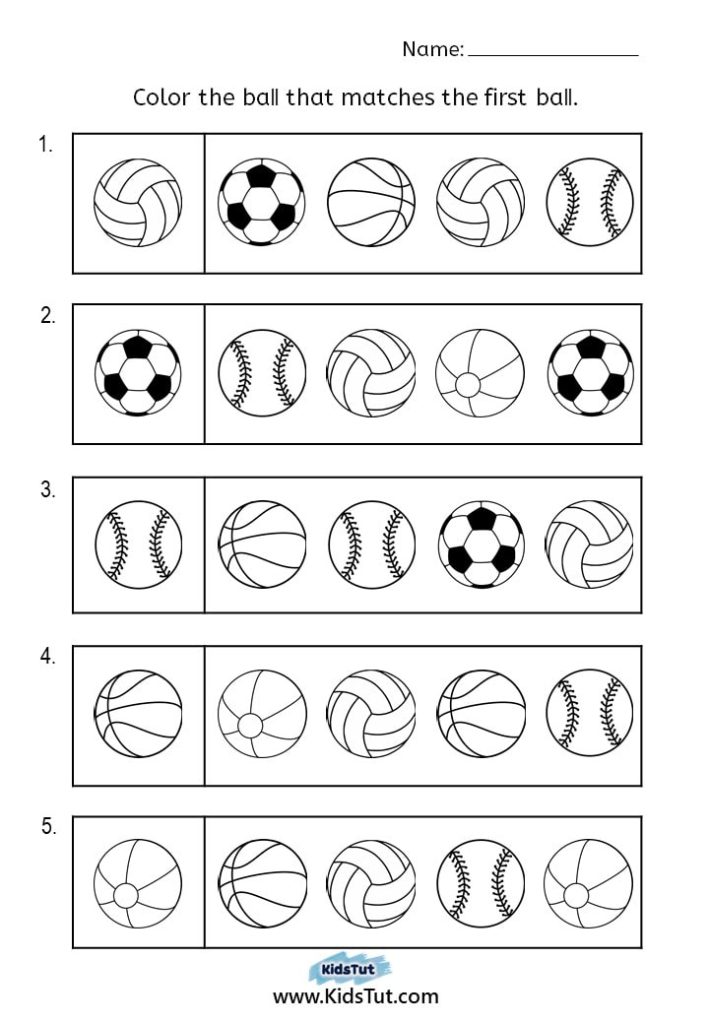
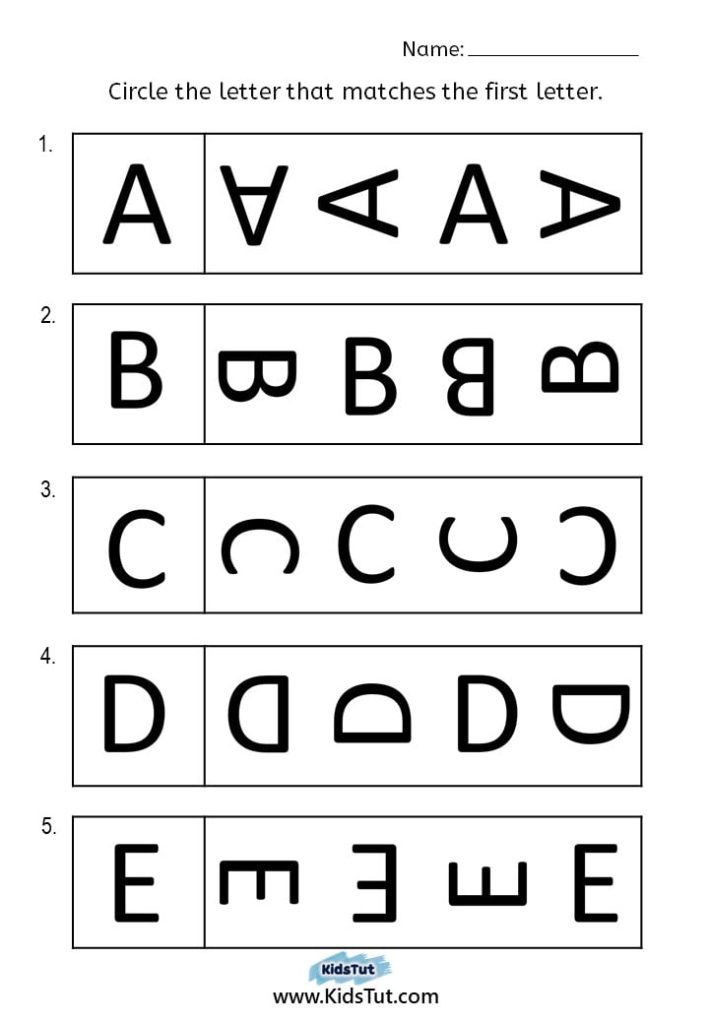
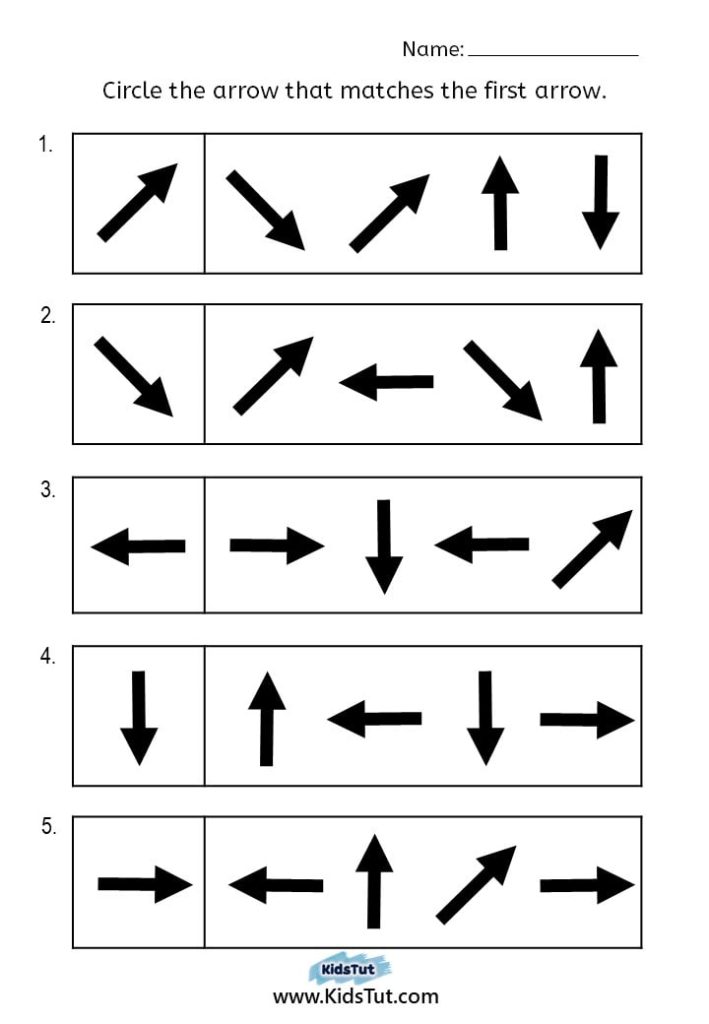
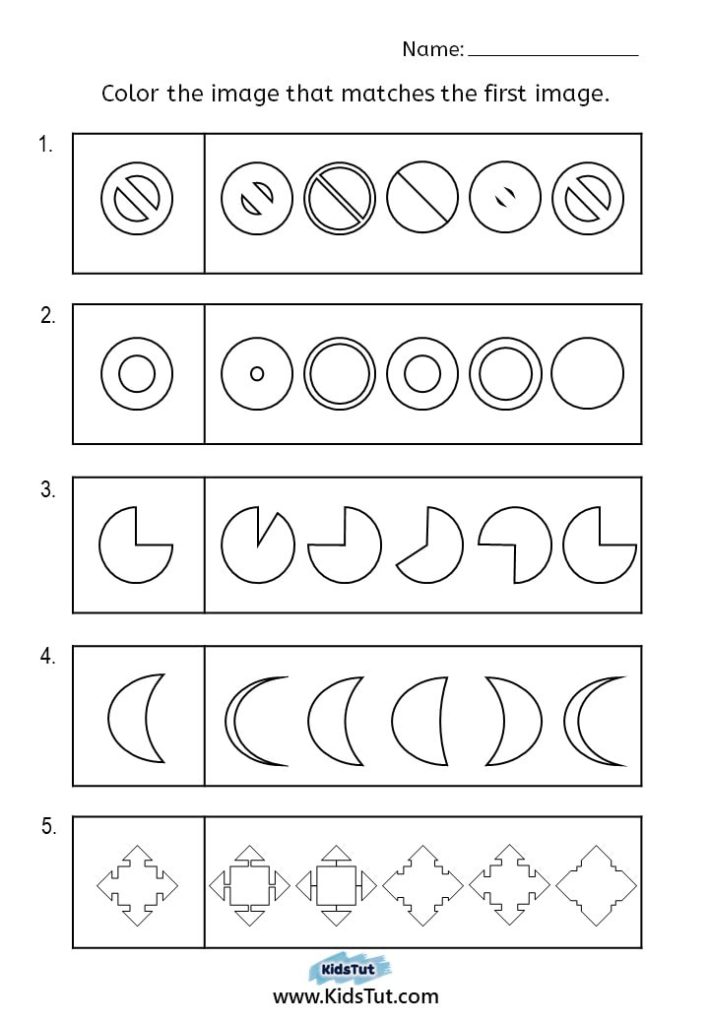
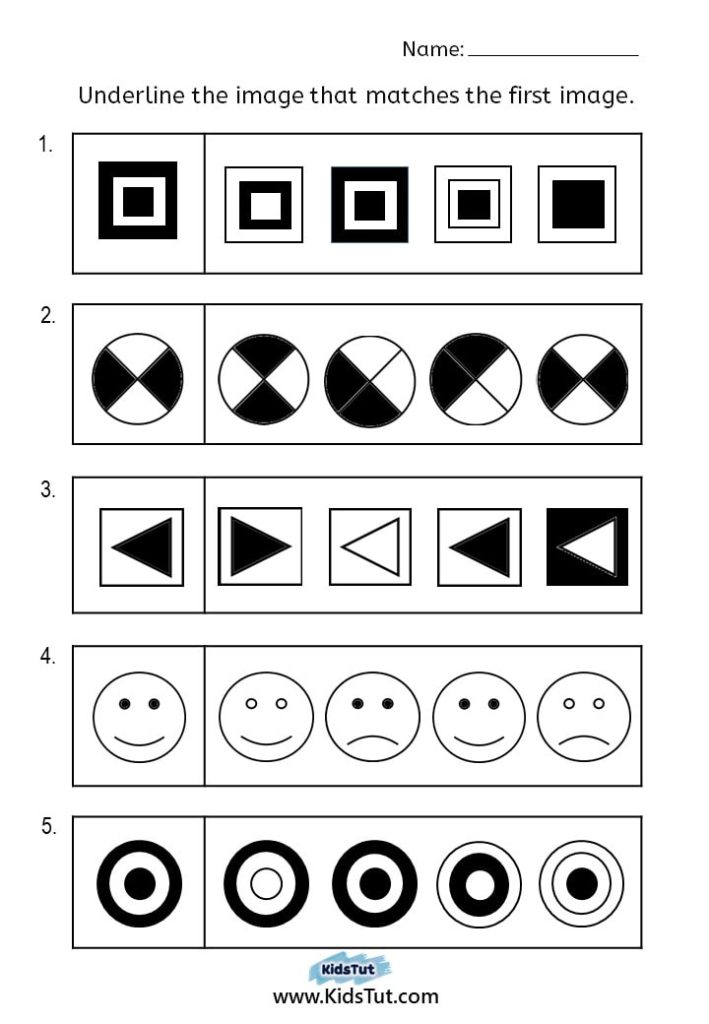
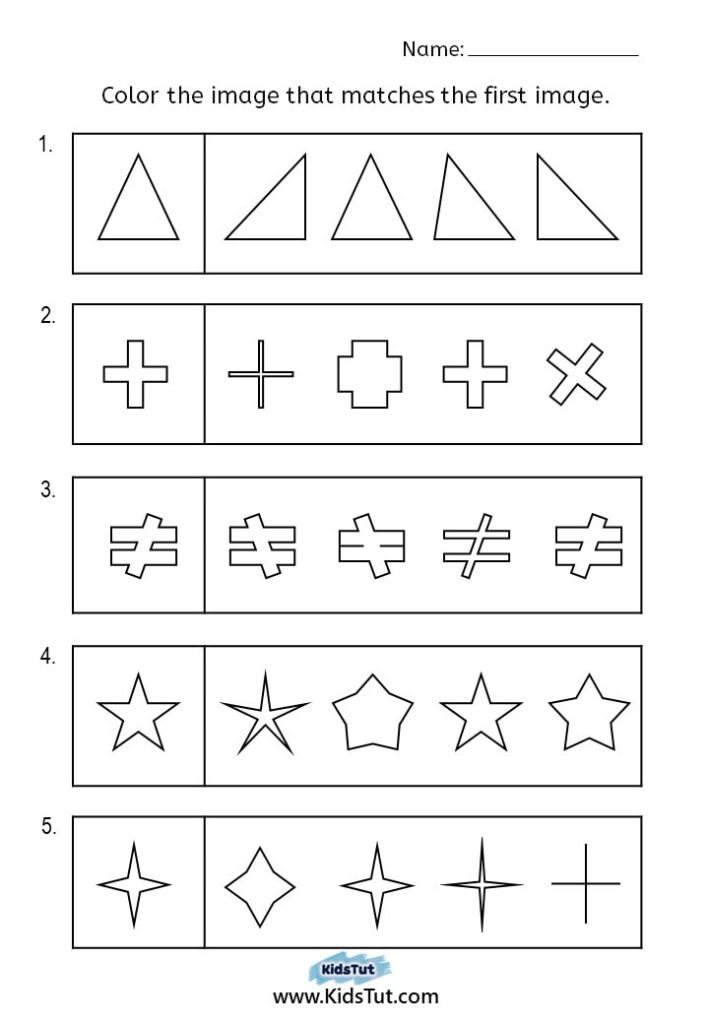

*** You have the option to download the PDF file from this location.- Download
Explore another Visual Perception Worksheet for Kids:
Number Search: Find and Circle Worksheets for Kids – See More
****
Hello kids, here is another new series of assignments that we have brought for you. The main purpose of bringing this learning page to you is to develop children’s visual perception. But through this series of assignments, the development of various other skills in children happens naturally.
This assignment series consists of seven pages. Each of those seven pages gives you different assignments. Children must complete the assignments by following the instructions on these assignment pages. You can direct and guide the children for that.
Easy Visual Perception Worksheets for Kids: What is meant by visual perception?
Visual perception refers to the brain’s ability to interpret and make sense of visual information received from our eyes. It involves recognizing shapes, colors, and depth and interpreting spatial relationships between objects.
Easy Visual Perception Worksheets for Kids: Children benefit from developing visual perception skills
1. Children understand very early what they see.
2. Being able to describe what children see.
3. Gaining the ability to remember visual information.
4. To be able to identify differences and similarities between visual objects.
5. Developing visual skills helps children with their studies as well as with daily tasks.
It is very important to develop visual perception skills in children. By understanding visual objects, children develop decision-making and problem-solving skills. That is, developing visual perception skills plays a very important role in children’s intelligence development. We can use different learning opportunities to develop visual perception in children. You can find more visual skills development worksheets on our website.
Easy Visual Perception Worksheets for Kids: Different learning opportunities to develop visual perception in children
- Puzzles Game: Solving puzzles. Such as jigsaw puzzles or shape sorting puzzles, help children recognize patterns, shapes, and spatial relationships.
- Matching Games: where children match identical or related items, help improve visual discrimination skills and attention to detail.
- Visual Scanning Activities: Games like ‘I Spy’ or finding objects in a picture book help kids focus and pay attention to what they see.
- Drawing and Coloring: Drawing and coloring help kids improve their hand-eye coordination, fine motor skills, and how they use their eyes and hands together.
- Visual Memory Games: Play matching card games or remember picture sequences to boost memory skills.
- Pattern Recognition: Build with blocks or arrange objects to recognize and make patterns.
- Shape and Object Identification: Name shapes, colors, and objects around you, or play games to identify them.
- Studying Nature: Look at plants and animals outdoors to notice details and enjoy nature.
- Visual Arts: Paint, sculpt, or make collages to express creativity and try different materials.
- Technology-Based Activities: Use fun apps and games to practice visual skills on devices.
Skills that can be developed in children through the assignment pages provided by this learning Page:
1. Develop visual perception skills.
2. Instruct the children to follow the instructions given and act accordingly.
3. Improvement of fine motor skills.
4. Improve problem-solving and decision-making skills.
5. To be able to recognize the mathematical concepts of directions, shapes, less-more, and equal-unequal.
